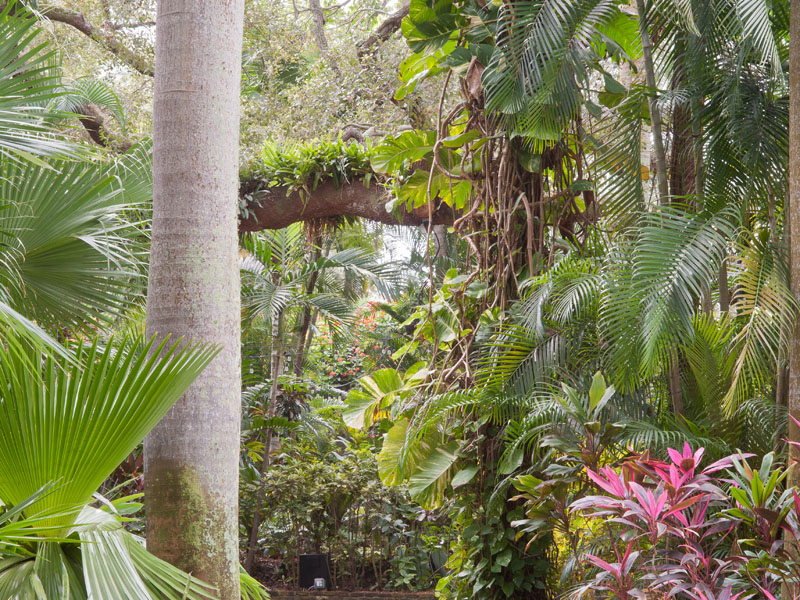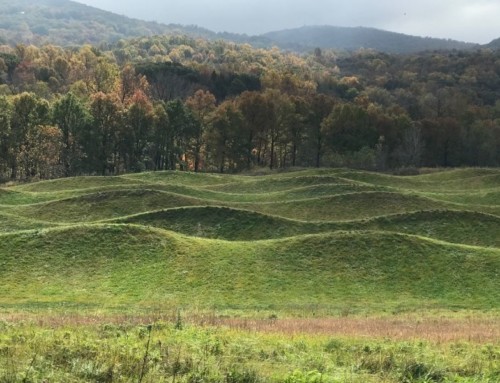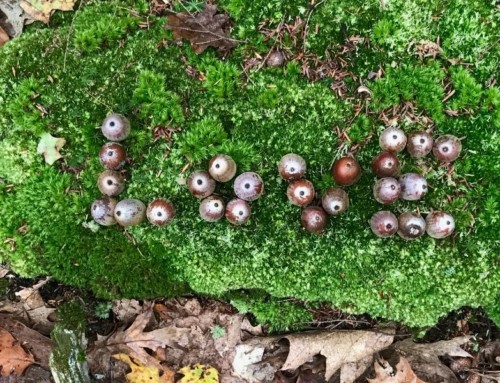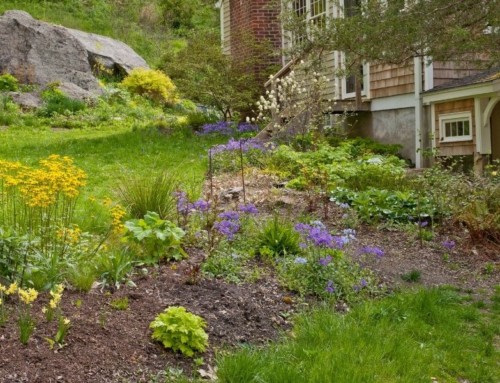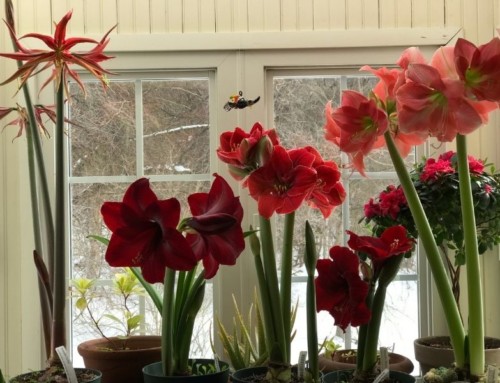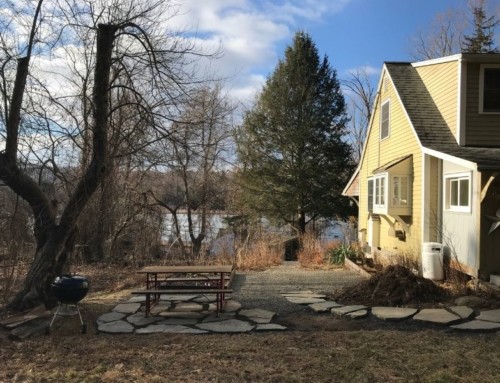What a difference being outdoors in a warm, green plant-filled environment makes to a winter-weary spirit!
A favorite Airbnb guest, also a host, gave me a week in one of her St. Pete Beach cottages for some garden coaching help. After four cold January days spent chipping ice off my driveway, I was really ready to engage with Florida flora.
Pass-a-Grille, the quiet southern tip of St. Pete beach, was pure paradise for this dedicated barefoot beach walker and plant lover.
Garden fanatics garden wherever they’re planted – we can’t help ourselves. But coastal New England’s short season and challenging growing conditions can be daunting.
Non-fanatics and relaxation-seekers up north tend to either pay gobs of money for perfect, perfectly unsustainable suburban-style landscapes, or take the opposite tack.
Establish salt, sun, wind and drought-tolerant plants (especially natives) and you can take it easy. Why do yardwork when beach days are so precious?
Every summer I’m mesmerized for hours on end by dune grass blowing in the wind in a friend’s Nantucket yard. My phone videos of the swishing, undulating mass of grass and distant surf crash bring back that deep relaxation found by the sea.
Things are really different where it’s warm year-round
Now I know why so many people hate Florida. And why so many love it.
Every square inch seems to be developed to the max. Yet there’s plenty of history and charm to be found, and gardens everywhere.
And flowers, and birds and green growing things that make my heart sing. Palm trees and parrots and pelicans on pilings, even familiar birds like red-bellied woodpeckers.
The birds at my feeder back home in Connecticut don’t know what they’re missing.
I loved walking and gawking at the tropical (and subtropical) abundance in this funky, small-scale neighborhood squished between Boca Ciega Bay and the Gulf of Mexico, where every yard is a garden. In this climate, things just grow.
Along the beach, sand dunes are as they should be – protected from erosion by mats of beach sunflower (Helianthus debilis), wind-whipped dune grass, seagrape (Coccoloba uvifera) thickets and designated walkways to keep people from trampling plants.
Big, bold Florida native seagrapes, palms, palmettos and coontie (Serenoa repens) are wonderfully exotic to this New Englander.
Familiar houseplants and office décor regulars are landscape plants here. Scheffleras tower over (and crash into) houses, spiky Dracena marginata and crotons (Codiaeum variegata hybrids) are taller than people. Peperomias and Moses-in-the-Bulrush plants are groundcovers.
I used to grow a cute little chenille plant (Acalypha hispida), with fuzzy red dangling catkins, on a sunny windowsill. The Alice-in-Wonderland feeling when I parked beside a chenille plant bigger than the car in Sarasota a few years ago hit me again and again.
Something about the humongous Monstera deliciosa vines (popular houseplants that look like cut-leafed philodendrons) clambering up into treetops in the 100 year-old Sunken Gardens made me nervous, though. Not so sure I’d want to drift off to dreamland with a plant that vigorous in my room.
Lots to Learn
Visiting a totally new place is always a learning experience. It’s so interesting seeing what grows where and how what works in one place doesn’t cut it elsewhere.
For instance: I consider fallen leaves a valuable resource and wondered why so many streets were lined with trash bags stuffed with leaves and other garden debris awaiting garbage pickup. My suggestion to compost or mulch with fallen leaves fell flat – leafy debris is a cockroach welcome mat.
Southerners think picking apples in New England is a big deal. Plucking oranges, lemons and mangos right off a tree is my big thrill. I thought planting these trees by the cottages would charm northern visitors – until I learned that fruit rats appear as soon as fruits do.
In such a climate, it’s no wonder that for the past 100 years or so, gardeners have introduced plants from warm regions around the world.
Like the pet boa constrictors and Burmese pythons set free to devastate wildlife in the Everglades, many exotic plants – including houseplants sent outside to play – turned out to be invasive.
I have a vivid childhood memory of the slightly sinister-looking potted snake plant (Sansivieria) lurking in the shadows of my Italian grandmother’s dimly lit living room. Snake plants so carpeted the darkest shady places in Florida gardens and natural areas, I wondered if maybe this exotic-looking plant was native.
Wrong again. It’s a very striking houseplant, and a slithering nightmare let loose in an ecosystem that can’t defend itself.
Home Again
My suitcase was ounces short of the weight limit when I flew home. Just couldn’t resist those juicy lemons and limes, picked that morning, or the monster avocado tenderly tucked into my bike helmet.
Southwest Airlines allows two free checked bags. Next year when I visit Pass-a-Grille Beach Cottage I’ll take an empty suitcase – just for juicy, fresh fruit.
